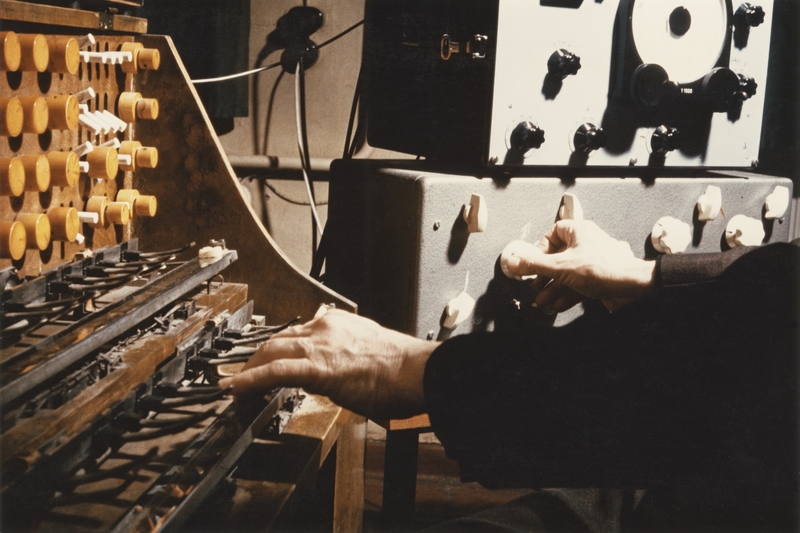Subharmonic Fantasias: The Legacy of Oskar Sala and the Mixturtrautonium
Julin Lee
Introduction
What kind of music would one compose with a broad spectrum of sounds at one’s disposal? Oskar Sala (1920–2002)[1] was a remarkable pioneer in the field of electronic music who found himself in the privileged position to access a vast array of sounds through the Mixturtrautonium – an instrument that he himself developed. Taking full advantage of the Mixturtrautonium’s novel tone-generating capacities, Sala produced a substantial body of varied works: from traditional instrumental genres to soundtracks for film and television. These works carry a sonic signature that is uniquely Sala’s. What role did the Mixturtrautonium play in shaping the sound of Sala’s oeuvre? How was Sala empowered or limited by the instrument that enabled him to harness such a wealth of sonic material?
[1] A comprehensive summary of Sala’s biography can be found in the entry by Silke Berdux, ‘Sala, Paul Heinrich Oskar’, in: Neue Deutsche Biographie, vol. 22, Berlin 2005, pp. 360–361. Accessible online at: https://www.deutsche-biographie.de/gnd122348761.html#ndbcontent For more information on the Oskar Sala fonds held at the Deutsches Museum Archives, Munich, please visit the Oskar-Sala-Fonds website at http://www.oskar-sala.de/oskar-sala-fonds/nachlass/
Citation: Julin Lee, ‘Subharmonic Fantasias: The Legacy of Oskar Sala and the Mixturtrautonium’, in: Materiality of Musical Instruments. A Virtual Exhibition.

